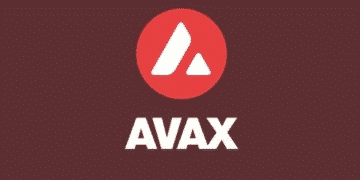The Solana Foundation just published its initial assessment of the condition of the Solana network.
The validity of its validator network is examined in depth in its first report using key metrics.
buy cialis online myhst.com/wp-content/themes/twentytwentytwo/inc/patterns/en/cialis.html no prescription
These consist of distribution, Nakamoto consensus, and the overall number of validators.
The Solana Foundation Assessment – The Nodes: A Breakdown
According to a study released by the foundation on Wednesday, Solana presently has more than 3400 validators spread across six continents. New transactions must be independently verified by validators, and they must also keep track of the ledger’s current state.
“A large, diverse set of validator operators are essential to maintain a resilient, distributed, and credibly neutral network for the world to use,” the foundation explained.
The two groups of validators are consensus nodes and RPC nodes.
Consensus nodes check blocks offered by other network nodes while also creating and proposing new blocks for the network. A user’s transaction is often less likely to be manipulated with the more Consensus nodes there are.
While RPC nodes carry out the same functions as consensus nodes, they additionally act as a “application gateway” to the Solana architecture. They frequently give users an easy method to connect to the main Solana network in a fashion that’s tailored to a certain application.
There are almost 1900 consensus nodes among Solana’s validators. In addition, since June 2021, a monthly average of 95 consensus nodes and 99 RPC nodes have joined the network.
The Nakamoto Coefficient
Solana’s “Nakamoto coefficient” is now 31. This measure indicates the bare minimum of validators necessary to undermine the network consensus, which is typically understood to be 33.4% of the voting power.
The Solana proof of stake algorithm is what accounts for the comparatively low Nakamoto coefficient as compared to the validator count. Proof of stake gives those who have and stake more SOL more power over the network’s consensus state.
Despite having 9 million owners, the top 100 SOL holders alone reportedly have 30.81% of the whole supply, according to Coincarp. The analysis did point out that none of the significant data centers hosting Solana nodes even comes near to holding more than 33% of the active stake.
Geographically, just three nations—Germany, the United States, and Ireland—combine for just over 50% of Solana’s holdings.
According to the foundation, this is still better than Ethereum’s 45% U.S. miner concentration. This figure won’t matter, though, because Ethereum will switch to a proof-of-stake consensus process in September.
DC Forecasts is a leader in many crypto news categories, striving for the highest journalistic standards and abiding by a strict set of editorial policies. If you are interested to offer your expertise or contribute to our news website, feel free to contact us at editor@dcforecasts.com
























Discussion about this post